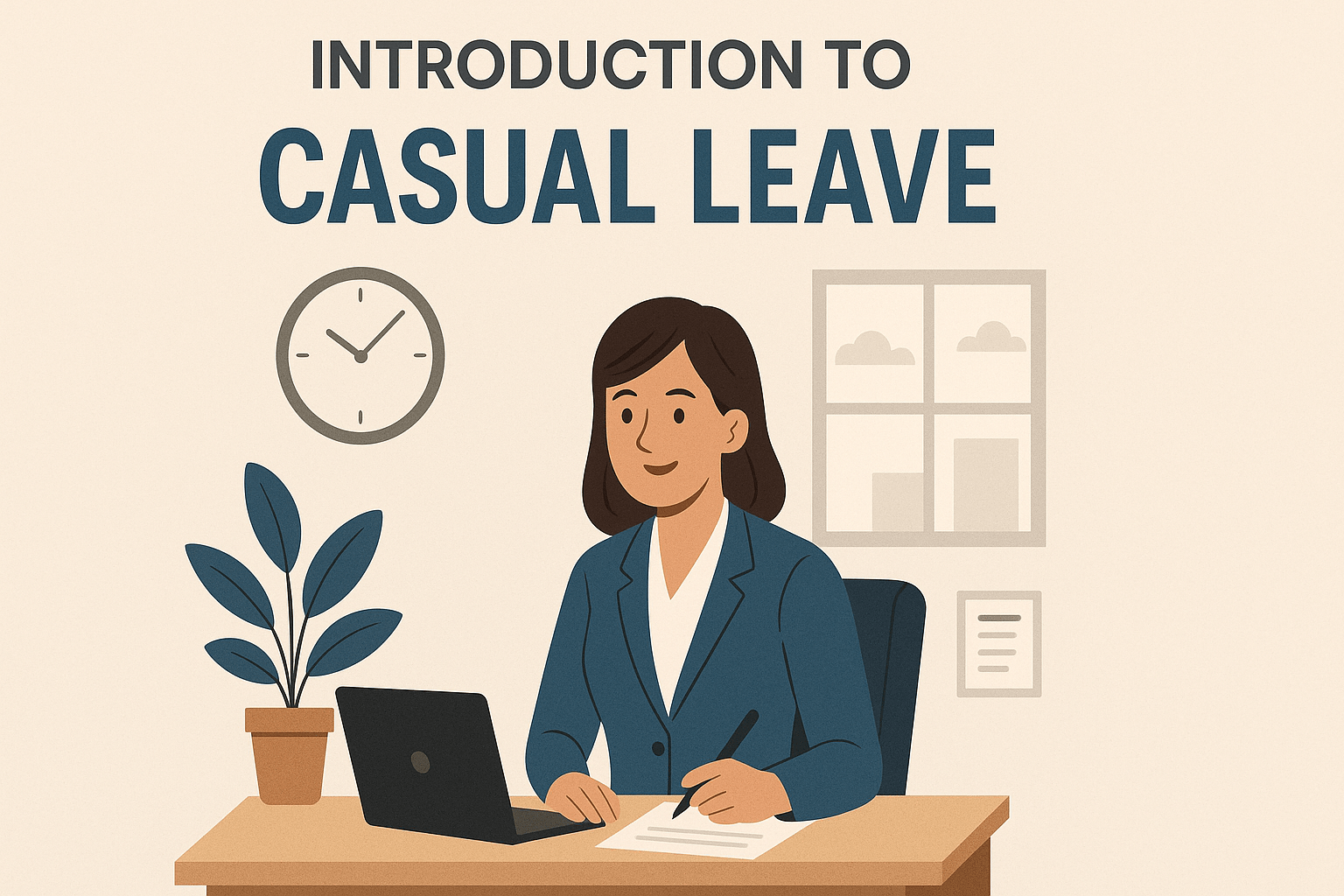A disciplinary is a process an organisation follows when it needs to address an employee’s conduct. Their manager may be concerned about their work, their general conduct or unauthorised absences. As well as a company bringing forward its case, a disciplinary should give the employee the opportunity to explain their side of events.
If you need to have a disciplinary hearing, it’s crucial to handle them carefully you need to make sure you carry out the process correctly, as if the employee has worked for a business for at least two years, they can contest their dismissal.
What is the disciplinary process?
The disciplinary process can be viewed as three distinct stages:
- Before
- During
- After
Let’s look at each stage in greater detail.
Before the disciplinary
Have your company’s disciplinary process written down
Ideally, your company’s entire disciplinary process should be outlined in your company handbook where it can be readily accessed and easily referenced by all employees. This will detail what happens before, during, and after the disciplinary process, as well as possible disciplinary action.
If the company is transparent about its process, it’s easy for them to prove that they followed it correctly in the case of an appeal or an accusation of unfair dismissal.
Is a disciplinary necessary?
Before beginning the process, you should determine if a disciplinary is even necessary by asking two simple questions:
- How serious is the offence?
- Has the employee committed it before?
Now, if the answers are ‘not very (serious)’ and ‘no’, it might not be necessary to go through the whole disciplinary process and an informal chat may be enough. During said chat, you can give the employee an informal warning and let them know that repeating the offence will result in a formal disciplinary next time.
- If you decide that a disciplinary is necessary, the employee should be informed in writing. This should include:
- The date and time of their disciplinary hearing
- The reason for the disciplinary hearing (the nature of their offense)
- The written evidence that the company has
- An outline of what’s to happen before, during, and after the hearing.
- The potential consequences of the hearing so the employee prepares accordingly. This may include:
-
- Evidence they have in their defense.
- Organising someone to accompany them to the hearing. Typically, this will be a colleague or a trade union representative
Investigation
Depending on the severity of the employee’s offence, the company may decide to carry out an investigation before the hearing. Depending on how likely this is likely to take, and the complexity of the situation, the employee may be suspended while the investigation takes place.
The company will have to appoint an employee who had no prior involvement in the matter as the investigator. They’ll then carry out an investigation that will produce a report that presents a case on behalf of the company. This report should include:
- Any evidence in support of the allegations against the employee.
- Any inconsistencies in the evidence
- Identifying any witnesses – if relevant
It’s important, however, that the report doesn’t draw any conclusions, as that’s what the hearing itself is for.
During the disciplinary
On the day of the hearing, the company will present its case against the employee. The hearing itself could either be conducted by a manager with sufficient authority or a panel of employees who’ll come to a decision together. Also, bear in mind that the person, or people, who conducts the hearing shouldn’t have been involved in the investigation.
During the hearing, the investigator will reveal the findings from their investigation and any appropriate witnesses will be called upon.
This is also an opportunity for the employee to defend themselves, if possible, against the allegations brought against them. To aid in their defense, they can present their own evidence and witnesses.
After the company and the employee have made their cases, the manager or panel presiding over the hearing will consider everything brought before them go away to reach a decision. In some cases, it may be decided that a further meeting is necessary to continue the hearing and go over additional evidence. If this happens, let the employee, as well as everyone else involved, when it will be so they can adequately prepare.
After the disciplinary
Inform the employee in writing
Once the manager(s) who conducted the hearing have reached a decision, the employee must be informed of it in writing. This will include:
- The nature of the offence
- The result of the hearing: Whether they were found guilty of the offence.
- The consequence: No further action, level of warning or dismissal
- In the event of a warning: Required changes in conduct – as well as potential consequences of further offence
- In the event of dismissal: The grounds for the dismissal
- Their right to appeal and details of the appeal process
In short, it’s vital that the employee has written confirmation of the outcome of the disciplinary hearing and their current status with the company as a result. It’s also important that they’re told they have the right to appeal, if necessary. If the employee does appeal and there’s a hearing, the person who conducts it must be different from those involved in the investigation and hearing stages.
Dismissal?
Lastly, if the disciplinary results in the employee’s dismissal from the company, there’s the matter of outstanding annual leave. You’ll have to calculate how much annual leave they’ve accrued, how much of their holiday they have outstanding, and how much you’ll have to pay them as a result.
Also, as the employee is being dismissed rather than resigning, you’ll want to award them payment in lieu of notice (PILON) instead of working their notice. However, if the employee was found guilty of gross misconduct, they usually aren’t entitled to PILON.




